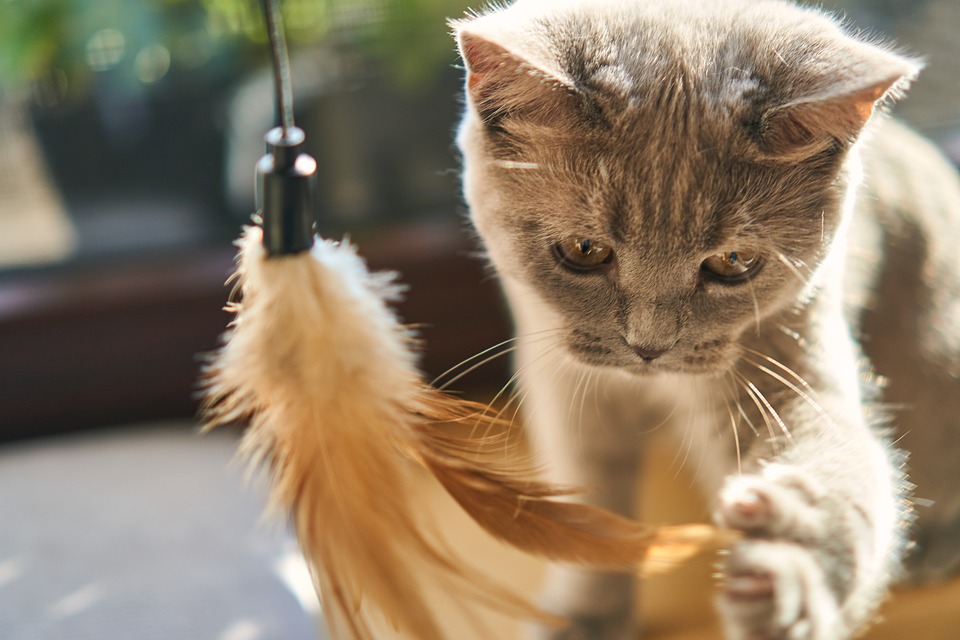Teaching Cats to Accept Grooming: A Guide for Pet Owners
1. Introduction to Cat Grooming
Cat grooming is an essential aspect of pet care that involves maintaining your feline friend’s hygiene and overall well-being. While some cats may naturally enjoy being groomed, many others may resist or become anxious during the process. This article will guide you on teaching your cat to accept grooming, ensuring a stress-free experience for both you and your furry companion.
2. Why is Grooming Important for Cats?
Regular grooming offers numerous benefits for cats, including preventing matting and tangling of fur, reducing hairballs by removing loose hair, promoting healthy skin and coat, monitoring and detecting any skin issues or parasites, and strengthening the bond between you and your cat. By teaching your cat to accept grooming, you can ensure their comfort and overall health while also minimizing the need for professional grooming services.
3. Understanding Your Cat’s Behavior
Before embarking on the grooming journey, it’s crucial to understand your cat’s behavior and body language. Cats are highly sensitive creatures, and their reactions may vary depending on their personality and past experiences. Some common signs of discomfort or stress in cats include hissing, growling, swatting, flattened ears or dilated pupils, attempting to flee or hide, excessive grooming or licking themselves, and tail twitching or lashing. Observing these cues will help you gauge your cat’s comfort level during grooming sessions and adjust your approach accordingly.
4. Steps to Teach Your Cat to Accept Grooming
To successfully teach your cat to accept grooming, follow these steps:
a. Start with positive associations: Gradually introduce grooming tools like brushes or combs to your cat in a calm and relaxed environment. Associate these tools with treats, toys, or praise to create positive associations.
b. Slowly desensitize your cat: Once your cat is comfortable with the presence of grooming tools, gently touch their body with the tools, starting from less sensitive areas like their back or shoulders. Gradually progress to more sensitive areas like the face or paws, rewarding your cat for their tolerance.
c. Gradually introduce grooming actions: Once your cat is comfortable with the tools’ presence, start mimicking grooming actions such as light brushing or combing. Be gentle and patient, rewarding your cat for their cooperation. Gradually increase the duration of each grooming session as your cat becomes more accepting.
d. Make grooming a positive experience: Throughout the grooming process, ensure your cat associates it with positive experiences. Offer treats or playtime before and after grooming sessions, creating a positive reinforcement loop.
5. Common Challenges and Solutions
While teaching your cat to accept grooming, you may encounter several challenges. Here are some common issues and their solutions:
– Excessive scratching or biting: If your cat displays aggressive behavior, take a step back and reassess their comfort level. Consider seeking professional advice from a veterinarian or animal behaviorist to address any underlying issues.
– Fear of grooming tools: Some cats may be scared of grooming tools due to past negative experiences. In such cases, try offering treats or using positive reinforcement to gradually desensitize them to the tools.
– Matting or tangled fur: If your cat’s fur is severely matted, it’s best to seek professional help from a groomer or veterinarian. They can safely remove the mats without causing discomfort to your cat.
6. Frequently Asked Questions (FAQs)
a. How often should I groom my cat?
– The frequency of grooming depends on your cat’s breed, coat length, and individual needs. Generally, brushing once or twice a week is recommended for most cats.
b. What grooming tools should I use?
– The grooming tools you use will depend on your cat’s coat type. Long-haired cats may require a slicker brush or comb, while short-haired cats can benefit from a rubber grooming glove or a bristle brush. Consult with a groomer or veterinarian for specific recommendations.
c. Can I use human grooming products on my cat?
– No, it is not recommended to use human grooming products on cats. These products may contain ingredients that can be harmful if ingested or irritate your cat’s skin. Always choose cat-specific grooming products that are safe for feline use.
d. What if my cat refuses to cooperate during grooming?
– If your cat consistently refuses grooming despite your best efforts, consider seeking professional help from a groomer or veterinarian. They can provide guidance and advice tailored to your cat’s specific needs.
Remember, patience, consistency, and positive reinforcement are key when teaching your cat to accept grooming. With time and practice, your feline friend will learn to enjoy these grooming sessions, leading to a healthier and happier life together.








